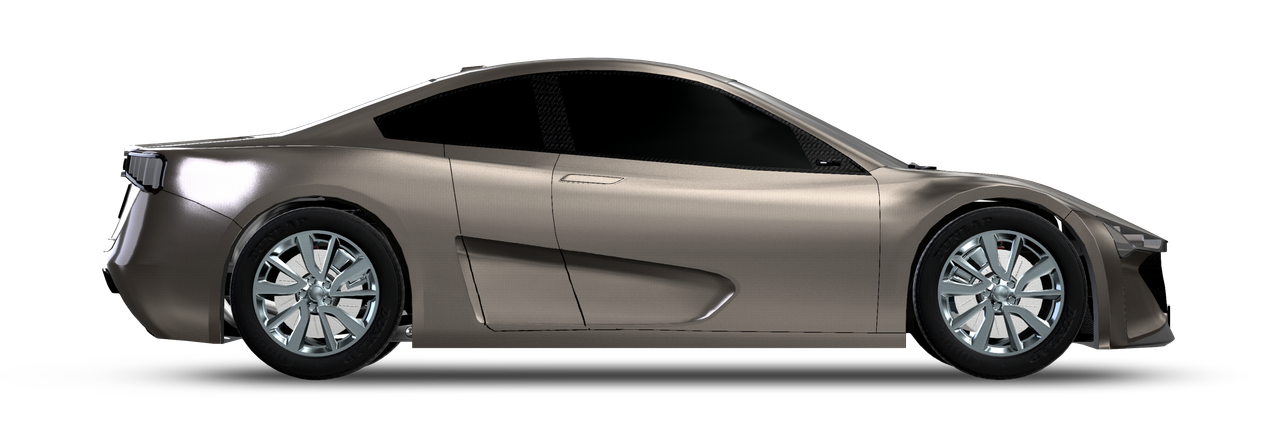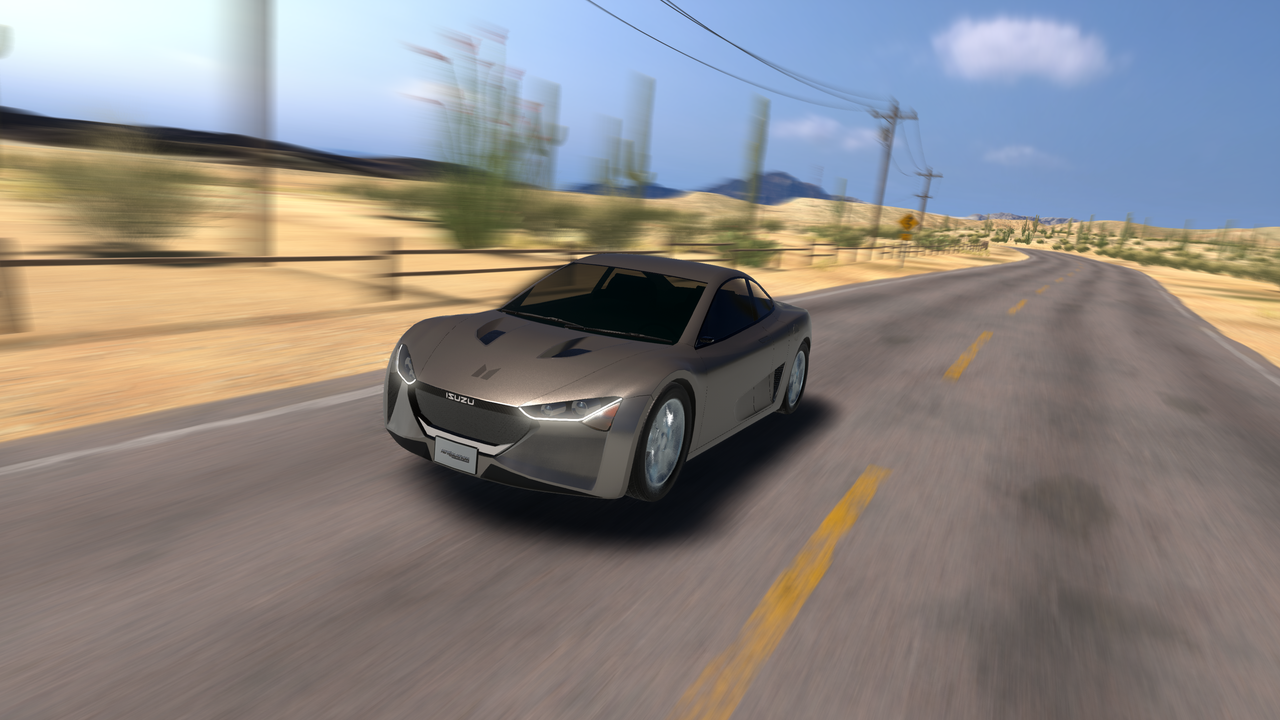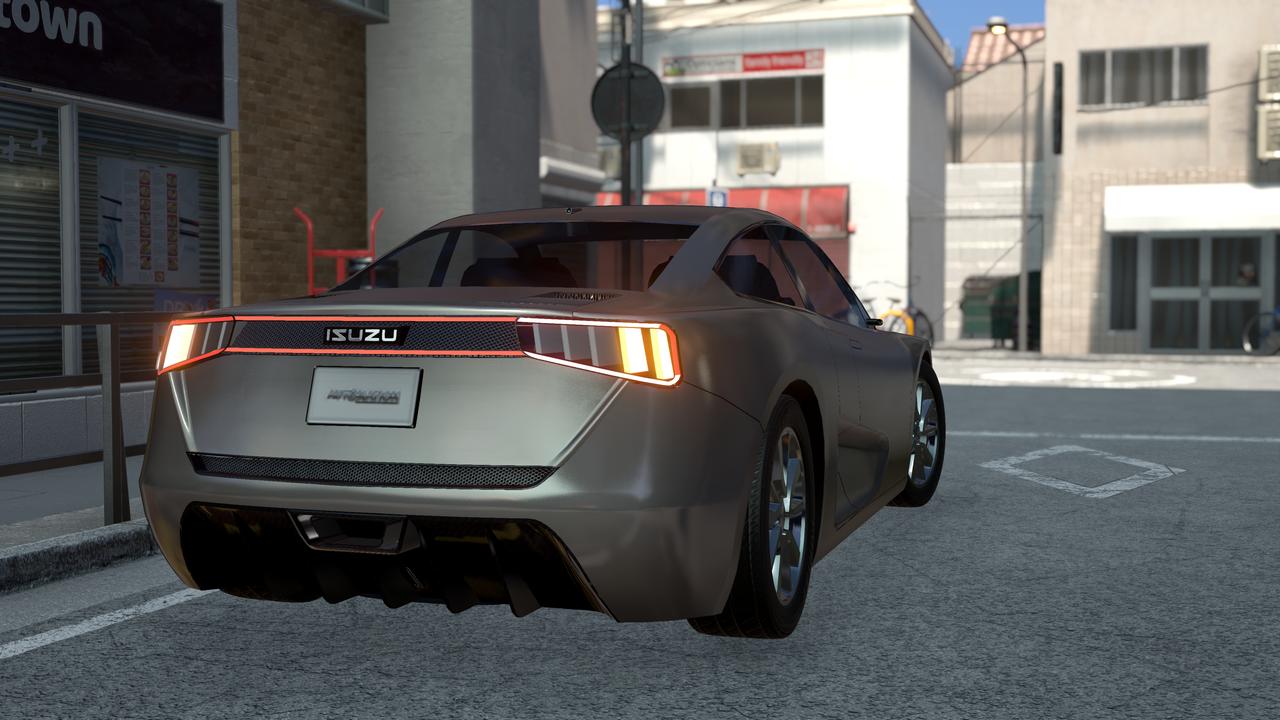What if...
Top secret made another V12 Supra today?
Who is Top Secret, and why did they shove a V12 into a Supra?
Top Secret Co., Ltd. is a Japanese automobile tuner and parts manufacturer. The company was founded by Japanese automotive engineer and driver, Kazuhiko “Smokey” Nagata.
Smokey used to work in Trust, another well-known tuner. Eventually he left the company to create his own tuning shop: Top Secret
On one hand, Top Secret participates in motorsports such as D1GP drift championship, time attack and many others, but what they are most known for, are top speed runs.
Smokey himself participates in illegal public road high speed runs, Overseas, he infamously reached 317 km/h on British public roads, before being arrested and jailed for the night.
In 2007, he built the TS8012V Supra. The goal of the build is to go to the Nardo Test Track and break 400km/h. Top Secret being Top Secret, instead of keeping the 2JZ engine, they sourced a 1GZ-FE V12 5.0 engine from a Toyota Century. Fitted with many custom one-off parts and a pair of turbos, it now makes about 950 horsepower
The engine fills up the original engine bay completely, they have to reposition the radiators to the back of the car, similar to many drift cars today.
During the speed run at Nardo, due to overheating issues, the car “only” managed 358 km/h
Thoughts behind this build
This imaginary 2020 remake of this car is obviously, based on the new A90 supra
Because of the much smaller chassis compared to the A80 Supra, they have to manufacture a custom front subframe and custom bodywork in order to accommodate the massive V12 engine at least that’s my excuse of using the FT1 body
Since the new Toyota Century switches to a V8 Hybrid powertrain, the new engine is still 1GZ-FE based
Like the original V12 Supra, the radiator has to be repositioned to the rear. An intake duct is used to draw air from above the roof into the trunk-mounted rad.
The design uses custom headlights that differs from the base car, similar to the original “Final Evolution” A80 body kit with its vertical shaped projectors
I tried.





































































